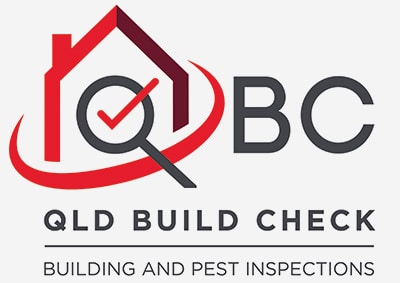Sometimes when reading a Building & Pest Inspection Report (B&PIR) on your property you think, “This can’t possibly be my home!”” because the ‘High Risk’ ratings you see throughout the document don’t match up with you having lived there without issues for years.
Your thoughts may be correct – the risk ratings are not always a result of actual dangers in your home. Because quality B&PIRs abide by the Australian Standards for building inspections, unless you know the standards back to front the reports can often seem unjustified.
This article will help demystify the B&PIR, and show how as a homeowner you can reduce those potential highlighted risks before the inspector arrives. This means a cleaner report for your property and less concerns from interested parties!
A ‘High Risk’ rating can mean that the inspector wasn’t able to confirm that the property was free of defects or risks of pests. So if your property actually is pest and defect free, it can still receive a ‘High Risk’ rating if the inspector wasn’t able to check all the areas of the property.
For example, when undertaking the Undetected Defect Risk Assessment inspectors will give a 3, 2, 1 rating on accessibility to these three areas:
Whether there is anything wrong with your property or not, if the inspector gives a rating of 7 to 9 points, your property is considered ‘High Risk’.
Below are some simple steps you can take to help avoid a ‘High Risk’ rating:
Often a report isn’t as it first seems and still describes that beautiful home you have had no troubles with. If you can’t do all the steps above, don’t worry. A good inspector will talk you and any interested parties through each of the
ratings they have given in a report and explain how common or not they are in comparison to other similar properties.
Whether you’re a first homebuyer looking for the perfect family home, or a keen investor scoping the market for another property to add to your portfolio, ascertaining the
condition of a property should always be a priority.
Knowing what you will likely need to repair, and when, is crucial information to have when you’re buying a property. Property is an investment, and to make a smart one you
need to know what you’re investing in, both now and in the future. It can be easy to believe you can get by with your own inspection along with any details given to you by the seller’s agent. However, if you want peace of mind it’s worth investing in an independent and professional opinion.
The QBC building inspection report focuses on the construction of the property. A QBC professional performs checks to find any serious structural issues like movement (cracking) in the walls and faulty roofs. A QBC pest inspection report will tell you if the property is housing any damaging critters, such as termites.

When purchasing an apartment you may not think to order a QBC Building & Pest Inspection, assuming they’re only needed for houses, but this could not be further from the truth. While some structural issues are the responsibility of the Owners’ Corporation, if it’s part of your unit the entire cost may fall to you. And even if the costs are shared between the Owner’s Corporation you could still be up for a hefty special levy you didn’t budget for. This means that both a Strata Report and Building & Pest Inspection are vital to make sure you’re properly protected.
One of the most common (and not to mention costly!) maintenance issues for apartments is water damage and leaks. Faulty workmanship, poor quality materials, ageing
and poor design are the major factors in apartments developing water leaks. These can cause serious problems for owners, leading to repair costs of thousands of dollars,
and if it’s part of your apartment, you’ll be on the hook for the bill. Another common source of repair costs is badly constructed balconies, where it only takes one poor sealing job, broken tile or blocked drainage point to cause a leak which can cause substantial damage to an adjoining property.
Water damage is not only expensive to repair, but it can also have major health and safety impacts. Water that gets into electrical fittings can make the apartment unsafe, and mould and rot resulting from water damage can cause health issues for occupants. The best way to avoid these problems is to book a comprehensive QBC Building And Pest Inspection prior to purchasing an apartment. If you book a report through BYB you can have confidence that the report is 100% independent, and performed by a qualified and insured inspector. While you’re booking a QBC Building & Pest Inspection, you should also pick up a Strata Reportto check up on the financial health, conditions and levies of the Owners’ Corporation you are buying in to.

QBCC licence number 80751
Pest management technician licence number PMT1005650916
© 2024 QLD Build Check
Web Design by MyWork
